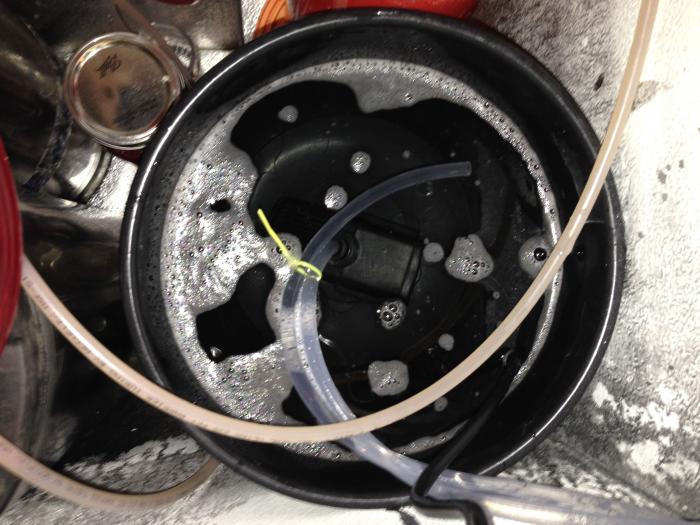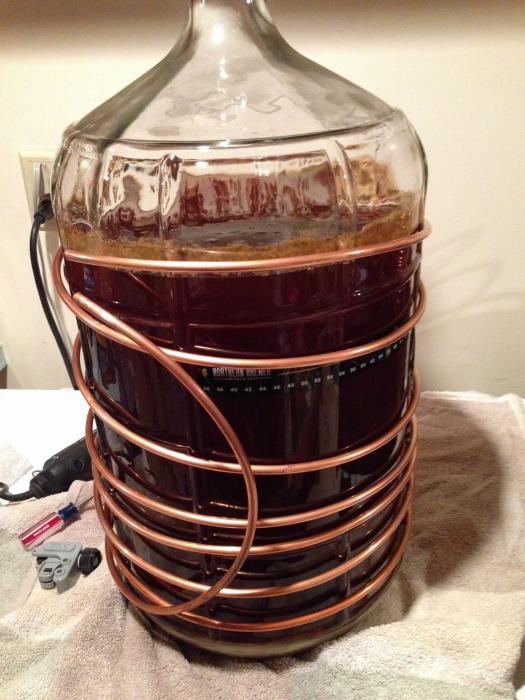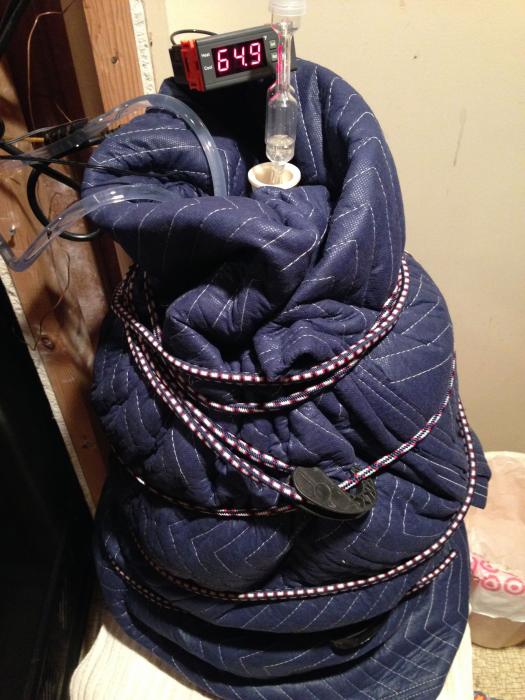RedBeardedBrewer
Active Member
- Joined
- Apr 14, 2013
- Messages
- 32
- Reaction score
- 3
Apilowski, thanks again for posting about this project. I think that this system has a few different advantages over a converted chest freezer. The first is that your system is smaller. Not everybody has space for a keezer. The second thing is that with water around your carboy it is less susceptible to fluctuations in temperature. To me, since I already have a keezer, using this system would allow me to have a fermentation chamber that can run simultaneously to the kegerator function. This is the biggest advantage that I can think of for somebody like me. You cant have 38F and 65F at the same time with one keezer! I hate having to wait till one batch was all drank up before brewing the next one. Anyway I will be implementing your system now and I'm excited to get it going!





















































![Craft A Brew - Safale BE-256 Yeast - Fermentis - Belgian Ale Dry Yeast - For Belgian & Strong Ales - Ingredients for Home Brewing - Beer Making Supplies - [3 Pack]](https://m.media-amazon.com/images/I/51bcKEwQmWL._SL500_.jpg)








